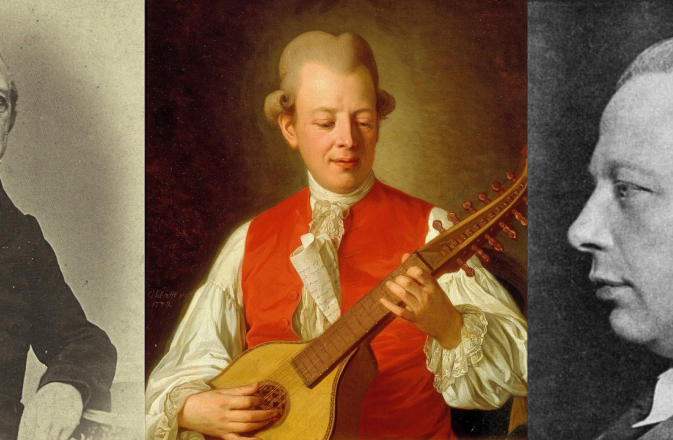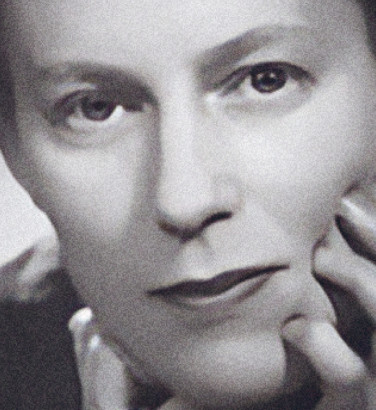
Digital Season: Andrea Tarrodi Serenade in Seven Colours
6 Nov 2024
News Story
The video above goes live at 7.30pm on 10 November 2024. It will be available to view free of charge for 1 year, until 9 November 2025.
Stockholm-born Andrea Tarrodi is one of Sweden’s most exciting younger composers, and she’s also gaining increasing recognition internationally for her colourful, energetic, intricately crafted music. Indeed, kaleidoscopic hues are a key ingredient in her 2013 Serenade in Seven Colours. Tarrodi has synaesthesia, a neurological condition that translates input via one sense to experiences in another. It can mean that days of the week have particular tastes, or numbers summon specific emotions. In Tarrodi’s case, however, the sensory connections are between sounds and colours – and in that way, she stands in a long tradition of classical composers who created music according to their personal colour visions, from Messiaen to Scriabin, Liszt to Rimsky-Korsakov (who famously disagreed on which note represented which colour). As Tarrodi explains in her own programme note, however, the link between colour and sound is a fundamental ingredient in this vibrant piece:
Serenade in Seven Colors began, one might say, with two sources of inspiration. One was Mozart's Serenade No. 10 for 13 winds, and above all the third movement, Adagio. The long, singable melody lines against the simple pulse was an expression I wanted to try to capture myself. The second source of inspiration was Quiet Nights by Miles Davis and Gil Evans, a record I listened to intensively during the winter and spring of 2013. From these two rather different starting points, I started composing. The piece eventually began to take shape and the music took on a life of its own, sort of floating away and forming into something completely different, although you may still hear traces of the sources of inspiration. In my inner vision, the piece shifts through several different colours. It starts in a dark blue/purple tone that gradually turns into an almost white light. Then the xylophone enters with splashes of bright red paint that eventually, with the rest of the ensemble, almost explode in fireworks of colour; and then, finally, the music dies out in a yellow-white hazy shimmer.
© 2024 David Kettle
Related Stories
![Shot from behind a violinist playing to the audience at a dementia-friendly concert.]()
Tea Dance Concert programme
17 April 2025
Read the programme for our Re:Connect Tea Dance Concert.![Composer Ruth Gipps leaning forward with both hands gently touching her face.]()
Digital Season: Gipps Seascape
7 March 2025
Read the programme note for our online performance of Gipps' Seascape![A historic photograph of Samuel Taylor-Coleridge sitting in a chair, wearing a suit.]()
Digital Season: Samuel Coleridge-Taylor Novelletten
17 October 2024
Read the programme note for our online performance of Coleridge-Taylor's Novelletten Nos 1 & 3.



